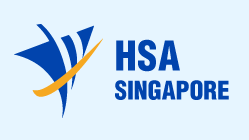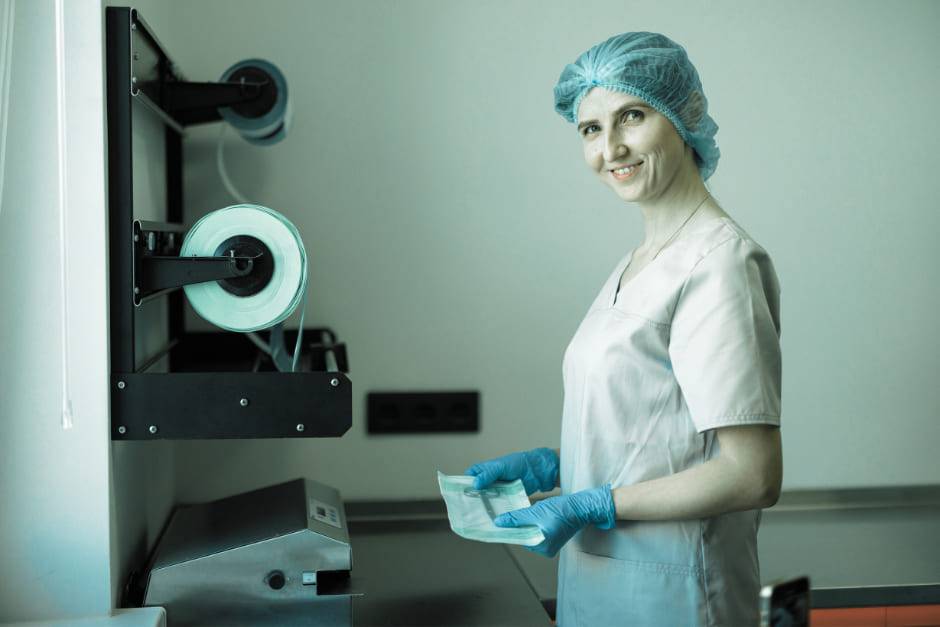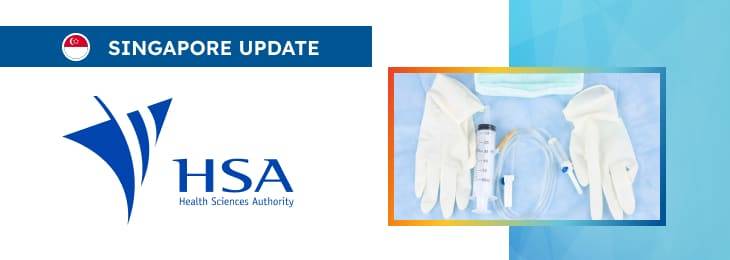The article outlines the key points associated with registering healthcare products under the existing legal framework.

Table of content
The Health Sciences Authority (HSA), Singapore’s regulating authority on healthcare products, has published a revised guidance document dedicated to medical device product registration.
The document is intended to provide additional clarifications and recommendations to be considered by medical device manufacturers and other parties involved to ensure compliance with the existing legal framework.
At the same time, the authority reserves the right to make changes to the guidance, should such changes be reasonably necessary to reflect corresponding amendments to the underlying legislation.
Overview of the Health Products Act and Regulations
First, the authority provides a general overview of the current legal framework for medical devices intended to be marketed and used in the country.
According to the guidance, the appropriate relationships are governed by the Health Products Act (Act) and the Health Products (Medical Devices) Regulations 2010 (Regulations).
They require that, except for certain exemptions, all medical devices must be registered with the Health Sciences Authority before being marketed in Singapore. The present guidance further elaborates on the registration process, guiding in line with the Act and Regulations.
In particular, this document serves as a guide for applicants seeking to register medical devices under the Act and Regulations. It should be read alongside other relevant guidance documents, including GN-12, GN-13, GN-14, GN-17, GN-18, and GN-34.
The document’s primary purpose is to clarify the registration process, reducing errors and delays.

Applicant Responsibilities
According to the guidance, applicants are encouraged to familiarize themselves with the criteria and requirements detailed in this guidance and other relevant documents. They must ensure complete submissions and timely responses to queries.
Incorrect risk classification of devices can lead to the need for re-submission under the correct class. This section will expand on the implications of incomplete or inaccurate submissions.
Registration of a medical device under the Health Products Act does not exempt compliance with other legislation, such as the Private Hospitals and Medical Clinics Act, Healthcare Services Act, Professional Registration Acts, and Radiation Protection Act.
Scope and Definitions
To assist the parties involved with interpreting the applicable regulatory provisions and following the requirements set forth therein, the document also provides definitions for the key terms and concepts used in the context of the guidance including, among other things, such terms as “Applicant”, “Export”, “Import”, “Intended use”, “Label”, “Manufacture”, “Medical Device”, “Medical Device Single Audit Program (MDSAP)”, “Product Owner”, “Registrant”, “Serious Deterioration in the State of Health”, “Sterile State”, “Telehealth”, and “Wholesale”.
Risk Classification for Medical Devices
The scope of the guidance also covers the aspects related to the risk-based classification medical devices are subject to under the existing legal framework.
In particular, it is stated that medical devices are classified into four risk classes based on inherent risks, intended purpose, and effectiveness of risk management techniques during design, manufacture, and use.
Factors influencing risk classification include contact duration with the body, invasiveness, delivery of medicinal products or energy, biological effects, and local versus systemic effects. The document further goes into details of these factors and provides examples.
Classification of In Vitro Diagnostic (IVD) Medical Devices
As explained by the authority, in vitro diagnostic (IVD) medical devices have specific risk classification factors, including their intended purpose, the expertise of the intended user, the importance of the information to the diagnosis, and the impact of results on individual or public health.
Guidance on the risk classification of IVD medical devices is detailed in GN-14, while GN-34 offers guidance on IVD analysers.
Conclusion
In summary, the present HSA guidance provides a detailed overview of the regulatory requirements to be considered when placing medical devices on Singapore’s market. The document explains the key concepts associated with the matter and also outlines the responsibilities of the parties involved, highlighting the main aspects to be taken into consideration to ensure compliance with the applicable regulatory requirements.
How Can RegDesk Help?
RegDesk is a holistic Regulatory Information Management System that provides medical device and pharma companies with regulatory intelligence for over 120 markets worldwide. It can help you prepare and publish global applications, manage standards, run change assessments, and obtain real-time alerts on regulatory changes through a centralized platform. Our clients also have access to our network of over 4000 compliance experts worldwide to obtain verification on critical questions. Global expansion has never been this simple.

